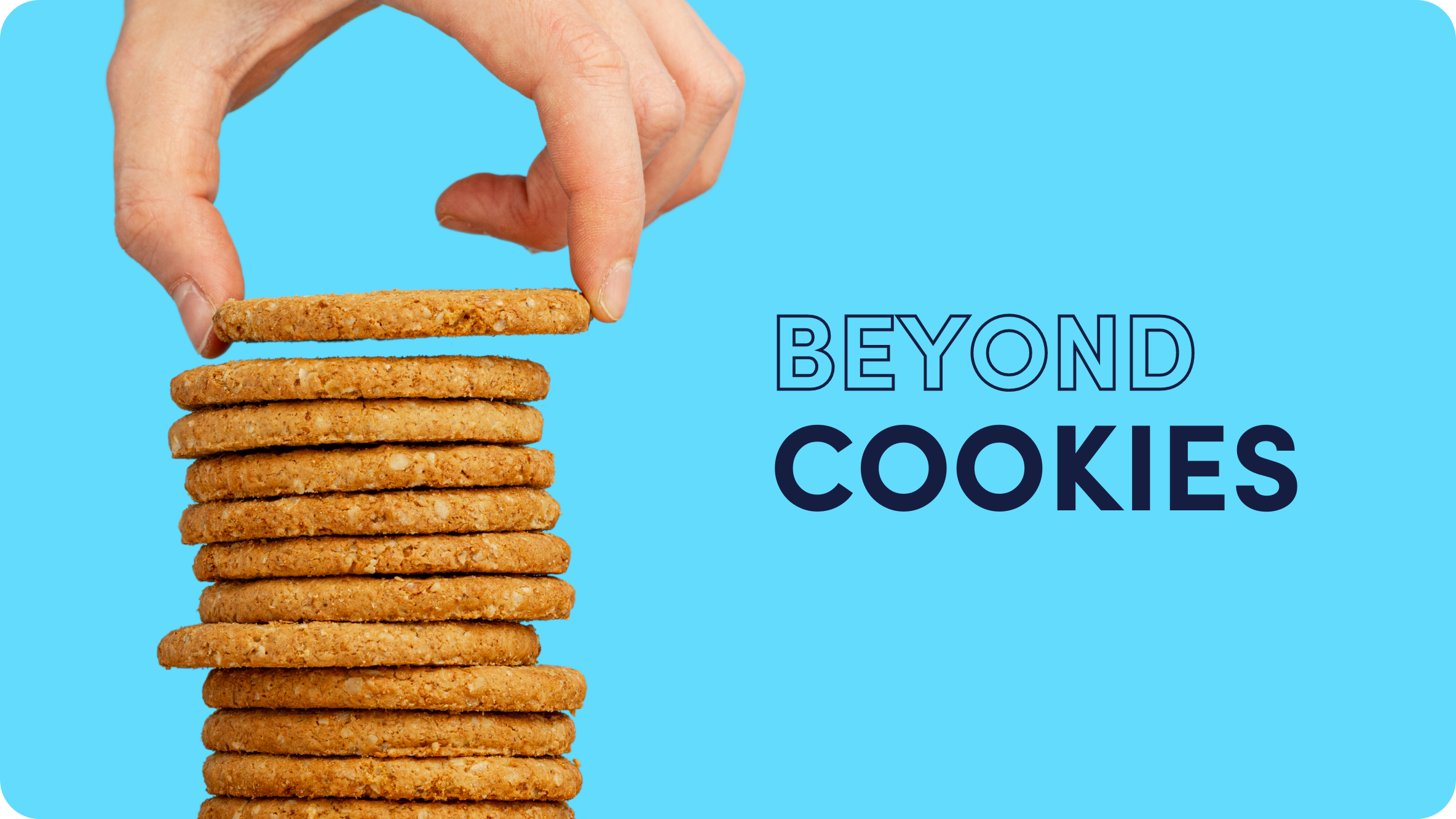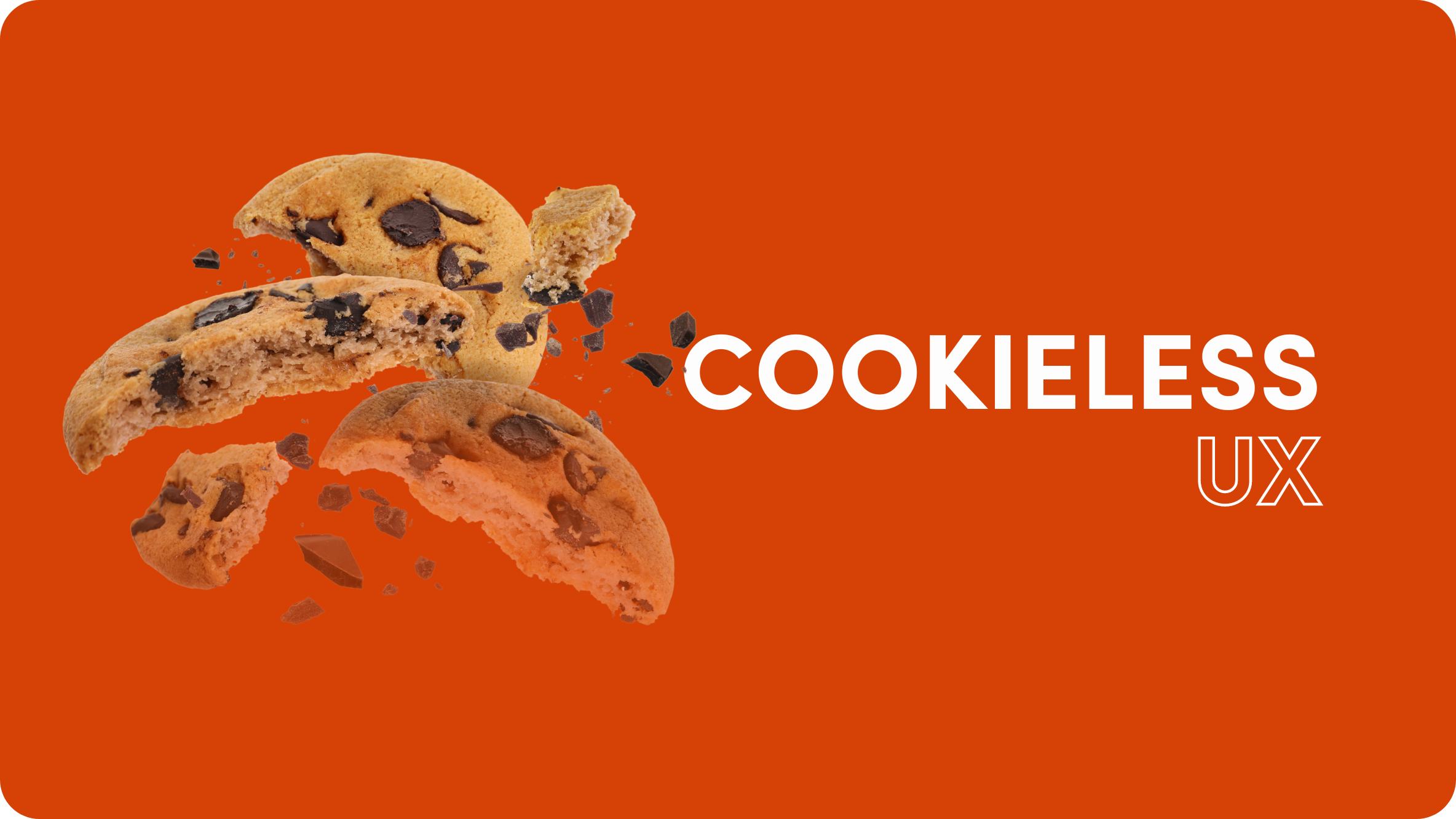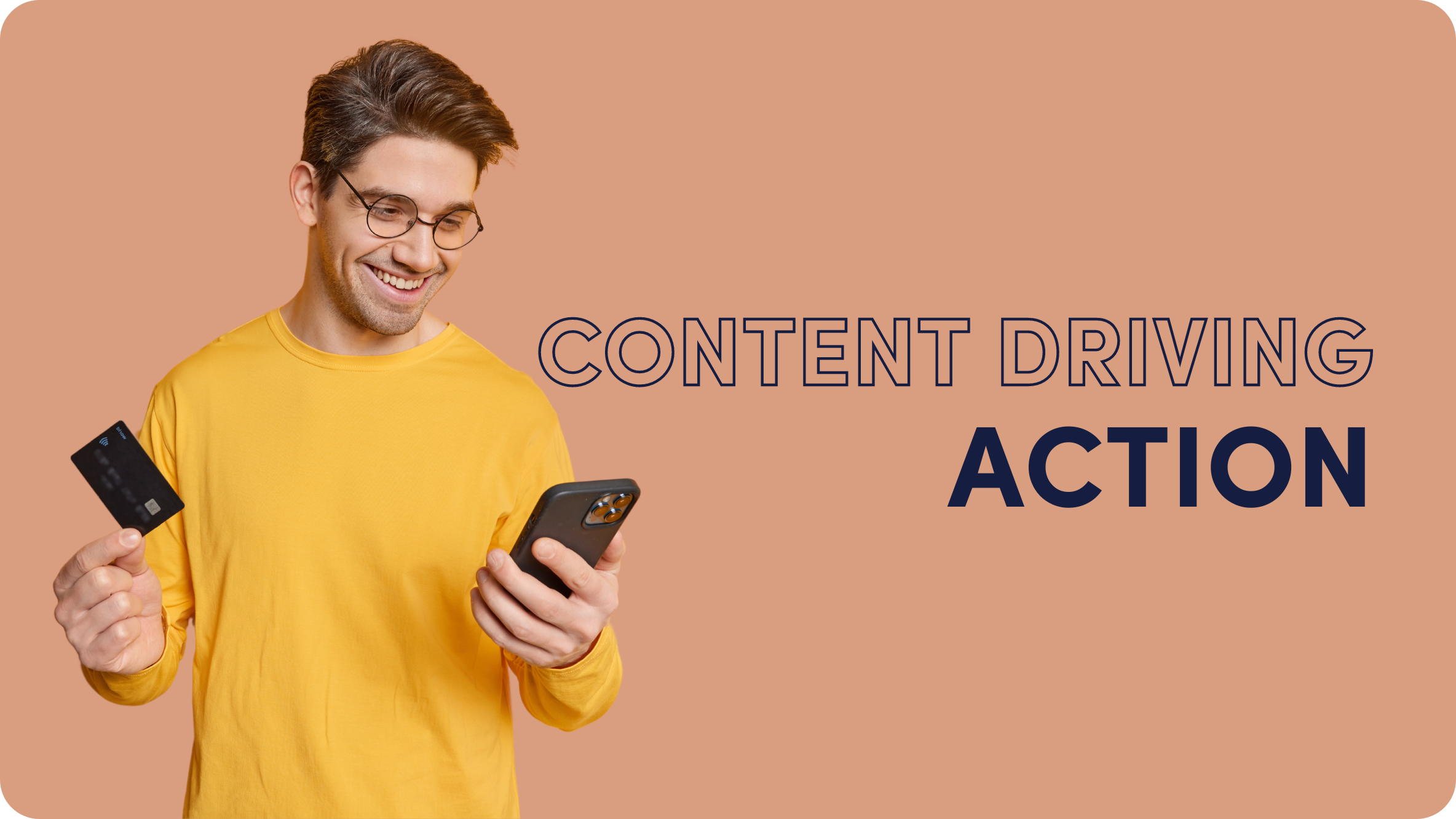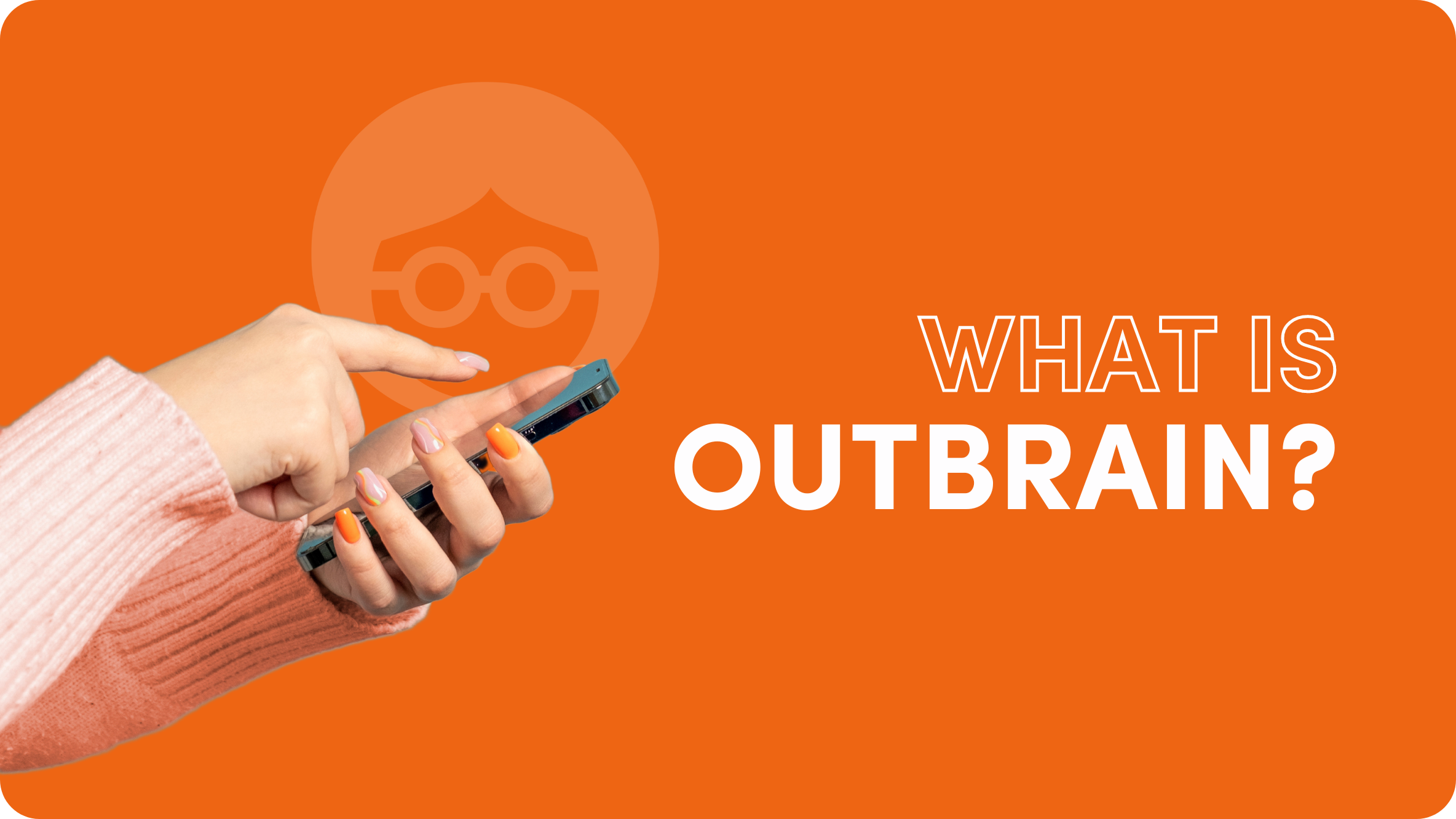Navigating the Cookieless Era: It’s Not About Cookies, It’s About Profiling
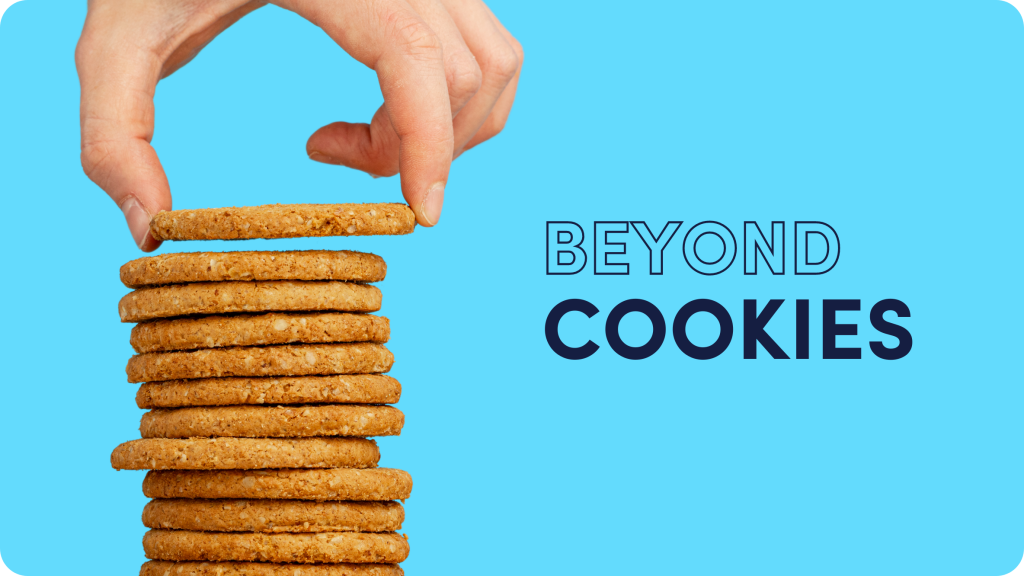
This article is the first of the Cookieless series tackling the key issues around cookieless advertising.
2024 marks the year Google committed to third-party cookie deprecation. This time, it’s for real, with the rollout of Tracking Protection to 1% of Chrome users globally, limiting the use of cross-site tracking.
This came as a surprise to many skeptics in the industry, who were jaded by Google’s multiple delays in its timeline for blocking third-party cookies. But it’s actually happening: by the end of the year, third-party cookies will be gone from Chrome, once again raising the dilemma of how to do cookieless advertising and get results.
While this has created a new surge of panic, it didn’t take long for uncertainty regarding the fatal date to be back in the spotlight. The UK’s Competition and Markets Authority (CMA) has been investigating Google’s Privacy Sandbox, its proposed alternative to third-party cookies, because of potentially anti-competitive practices. Its quarterly update has not shied away from expressing its doubt about the Sandbox.
With that in mind, and as Digiday reports, testing for the Sandbox is evolving into more of a “prepare for the worst, hope for the best” situation, with companies even “crafting their own adjusted timelines.”
As a result, the industry is reacting with a mix of fatigue and a hint of hope for some, accompanied by a renewed flurry of advice on how to best prepare for the cookieless future.
- Fatigue that the daunting cookieless day still sounds somewhat uncertain, despite Google’s assurances, and that solutions for cookieless marketing remain unclear.
- Hope, for some, that third-party cookies won’t go away anytime soon, giving even more time to test and come up with truly comprehensive cookieless strategies.
- Flurry of advice on how to prepare for the cookieless world.
The dust has therefore not quite settled on the storm of educational events, webinars, and blog posts about the cookieless future. To be clear, we don’t want to add to the flurry. Instead, we want to provide you with an understandable, jargon-free guide to help you get through the next few months of uncertainty.
This is not a series about Outbrain’s products and services. We are confident about our future position given the nature of our integration with media owners and visibility into user preferences, along with deep contextual understanding and advanced AI capabilities. We are privacy-centric by design and are very glad that the internet is learning to appreciate the power of less intrusive forms of advertising.
Instead, in this blog post series, you’ll find key concepts and solutions that any data strategy should acknowledge, covering the following:
- It’s not about cookies, it’s about profiling
- Giving users total control and awareness
- Rethinking media planning with non-identity-based solutions
- Exploring identity and data-based solutions
- Exploring cohort-based solutions
- Conversion attribution
Cookieless Future? Not Exactly
The first thing worth keeping in mind is that the future is not cookieless. Cookies are here to stay and they serve many valuable purposes, from saving the contents of a user’s shopping cart to other ways of personalizing the on-site experience.
First-party cookies are designed to work within one property, on the same domain. They deliver the core functionality of the particular task they were designed for, such as keeping track of an online shopping cart. These types of cookies are not going anywhere.
Third-party cookies were ‘invented’ when it became apparent that there were no technical obstacles to reading cookies set on any site. This gave birth to novel ideas around user tracking, where a whole ecosystem of applications could ‘call’ each other and pass on the content of these cookies, in a process known as cookie syncing. Third-party cookies are the ones causing all the heat, and driving us towards a cookieless future.
User Tracking: In Search of a Cookieless Alternative
Imagine that an ice cream shop had a notebook with detailed records of every time you came in, what you liked, and what you ordered. And then imagine that this vendor shared this notebook with every other vendor in the city.
This would be unthinkable – yet that’s how the internet has worked for the last decade.
What we call the “cookieless future” is more accurately described as “nobody should have a personal profile (dossier) about them, without being aware of it and without knowing what’s in it.” All interventions are about preventing unaware cross-site profiling, not about cookies. This is the first key pillar that must be understood to interpret cookie depreciation correctly.
This never-ending ‘party’ of information sharing had to be stopped eventually. It took the European Commission a few years to study it in detail and devise the key concepts that flipped the dominos in the right direction.
Bottom Line: It’s not the cookies… it’s the profiling
This also means that any cookieless methodology that enables unaware or unconsented tracking will be short-lived. There are no shortcuts – people will not be tracked online anymore without knowing it.
With this key concept in mind, stay tuned for part 2 of the Cookieless blog series, where we will dig into a core principle of a privacy-centric web: ensuring users have total control and awareness.
FAQs
What is the future of the cookieless world?
The future of the cookieless world involves a shift away from reliance on third-party cookies for online tracking and advertising, prompting the industry to explore alternative targeting and measurement methods.
What is cookieless future?
The cookieless future is a digital landscape in which tracking across different websites and user profiling are minimized, prioritizing user privacy and consent in online advertising practices. In a cookieless future, brands and advertisers will have to look for other ways to understand the online behaviors of their audiences and use alternative online targeting methods than traditional tracking with third-party cookies.
Is Google going to be cookieless?
Google is moving towards a cookieless future by deprecating third-party cookies in Chrome, signaling a significant shift in online tracking and advertising practices. Although Google has delayed third-cookie elimination several times in the past, 2024 looks to be a pivotal year with the first rollout of Tracking Protection measures to a small cohort of Google users.
What are the top benefits of a cookieless future?
The top benefits of a cookieless future include enhanced user privacy and control over personal data, reduced reliance on third-party tracking mechanisms, and the promotion of more transparent and ethical advertising practices.
What does accepting cookies mean?
Accepting cookies typically refers to granting websites permission to store and access small pieces of data on a user’s device, which can be used for various purposes such as remembering preferences or tracking user behavior for targeted advertising.
